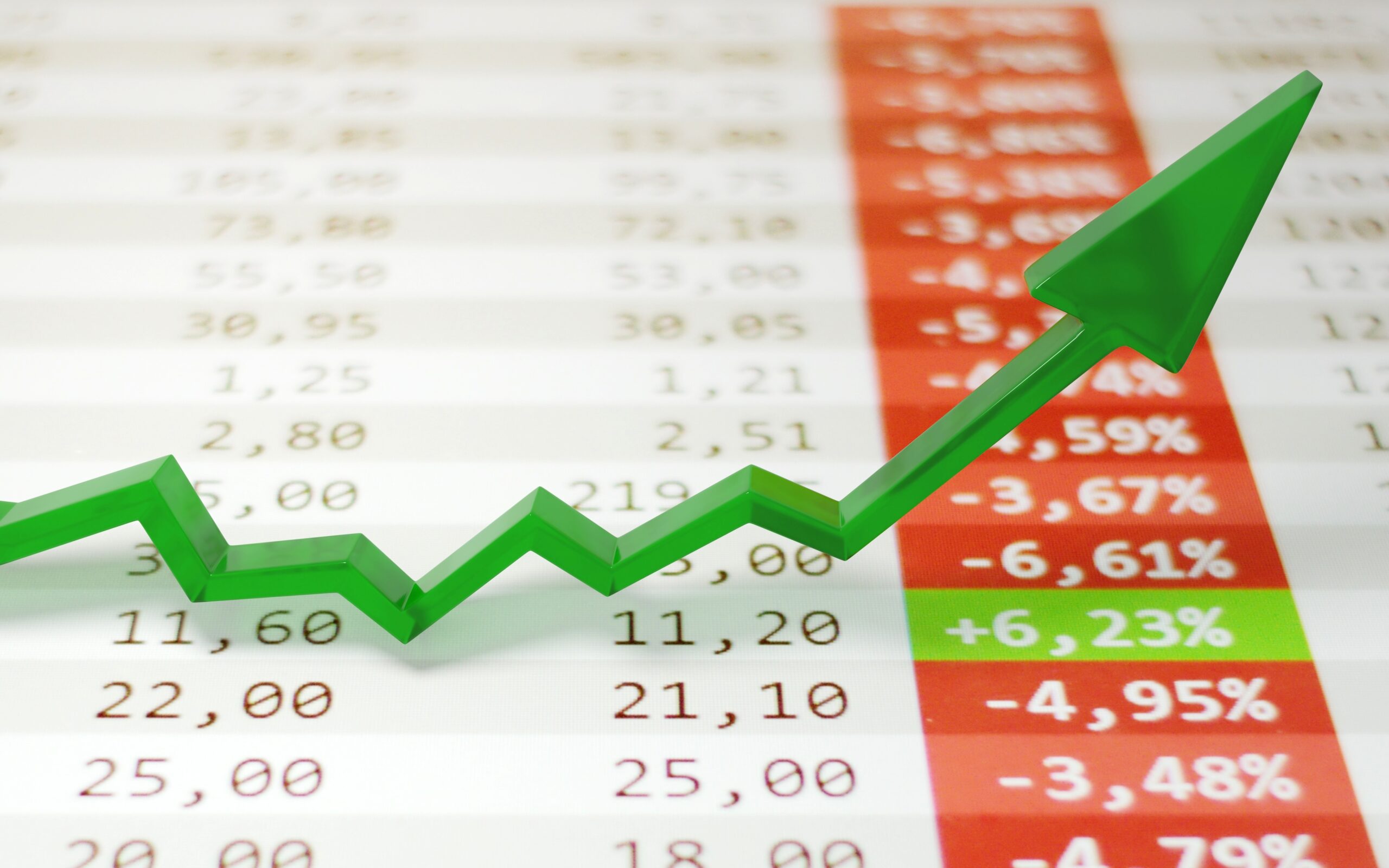The S&P 500 (^GSPC 0.56%) has advanced 26% year to date as corporate earnings growth has accelerated and the artificial intelligence (AI) boom has built steam. Cooling inflation and interest-rate cuts have also contributed to that upside.
Interestingly, the S&P 500 has only generated returns exceeding 20% in a calendar year 10 times in the last three decades, and the index almost always generated a positive return during the subsequent year. History suggests it could advance another 15% in 2025.
History says the S&P 500 could soar (again) in 2025
The S&P 500 was created in 1957 when its precursor, the Composite Stock index, was reformulated to include 500 companies. The index is widely regarded as the best benchmark for the overall U.S. stock market because it covers 80% of domestic equities by market value and includes companies from every market sector.
Since 1994, the S&P 500 has returned at least 20% in a calendar year just 10 times. The chart below shows how the index performed during the subsequent year.
|
Year |
Return |
|---|---|
|
1996 |
20% |
|
1997 |
31% |
|
1998 |
27% |
|
1999 |
20% |
|
2004 |
9% |
|
2010 |
13% |
|
2014 |
11% |
|
2020 |
16% |
|
2022 |
(19%) |
|
2024 |
26%* |
|
Average |
15% |
Data source: YCharts. Note: The return for 2024 is marked with an asterisk because the year is not over. Returns are rounded to the nearest percentage point.
As shown above, in the last three decades, the S&P 500 has returned an average of 15% during the 12 months following a calendar-year return of at least 20%. In other words, history says the index will return 15% in 2025 if its performance aligns precisely with the 30-year average.
Yardeni Research and Deutsche Bank have both set the S&P 500 with a year-end target of 7,000 in 2025. Those forecasts imply 16% upside from its current level 6,032, which aligns closely with the historical average I just mentioned. But other Wall Street analysts are less optimistic. JPMorgan Chase and Goldman Sachs estimate the S&P 500 will finish 2025 at 6,500, which implies only 8% upside.
Of course, past performance is never a guarantee of future results, and Wall Street analysts don’t know the future. How the stock market actually performs next year depends entirely on macroeconomic fundamentals, corporate earnings, and valuations.
The economy is strong, but stocks are historically expensive
Overall, the U.S. economy looks healthy. Gross domestic product (GDP) increased at 2.8% annually in the third quarter due to strong consumer and government spending and steady business spending across structures, equipment, and software. That’s slightly above the 10-year average of 2.7%.
Beyond the headline GDP, inflation has cooled materially since the beginning of the year. The unemployment rate has held steady at 4.1% for two consecutive months, well below the 10-year average of 4.7%. Consumer sentiment has improved in four straight months. Collectively, those signs of economic resilience have led to strong corporate financial results.
S&P 500 companies, in aggregate, have reported positive earnings growth for five consecutive quarters. And earnings are projected to grow 9% in 2024, an acceleration from no growth in the prior year. Additionally, analysts expect earnings growth to accelerate again (to 15%) in 2025 as the Federal Reserve continues to cut interest rates.
Unfortunately, the market has already priced in at least a portion of that projected growth. The S&P 500 trades at 22 times forward earnings, which is a premium to the five-year average of 19.6 times forward earnings and the 10-year average of 18.1 times forward earnings, according to FactSet Research. Put differently, the S&P 500 currently trades near its most expensive valuation since April 2021.
Importantly, a high forward price-to-earnings (P/E) ratio isn’t necessarily a good predictor of returns in the next 12 months, but it has historically correlated with poor returns over longer time periods. For instance, the current forward P/E ratio of 22 implies an annual return of roughly 3% over the next three years, according to Chief Economist Torsten Slok at Apollo Global Management.
Here’s the bottom line: History says the S&P 500 could carry its momentum into 2025, and that could certainly happen if the economy stays strong and investor sentiment remains bullish. But investors should be cautious when selecting stocks, choosing only the ones that make good long-term investments and trade at reasonable prices. The elevated valuation of the S&P 500 could lead to a significant correction or even a bear market in the not-too-distant future.
JPMorgan Chase is an advertising partner of Motley Fool Money. Trevor Jennewine has no position in any of the stocks mentioned. The Motley Fool has positions in and recommends Goldman Sachs Group and JPMorgan Chase. The Motley Fool has a disclosure policy.

